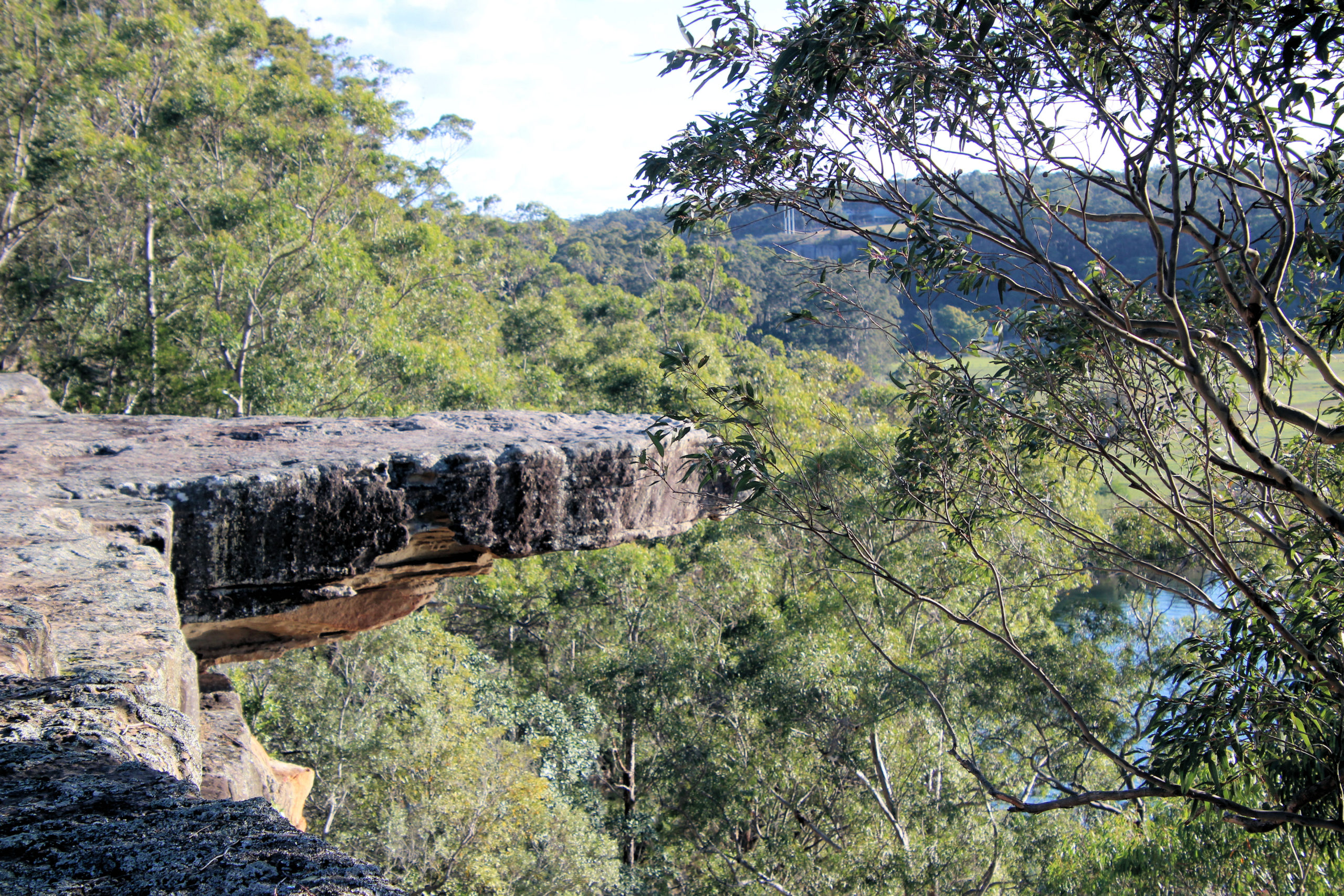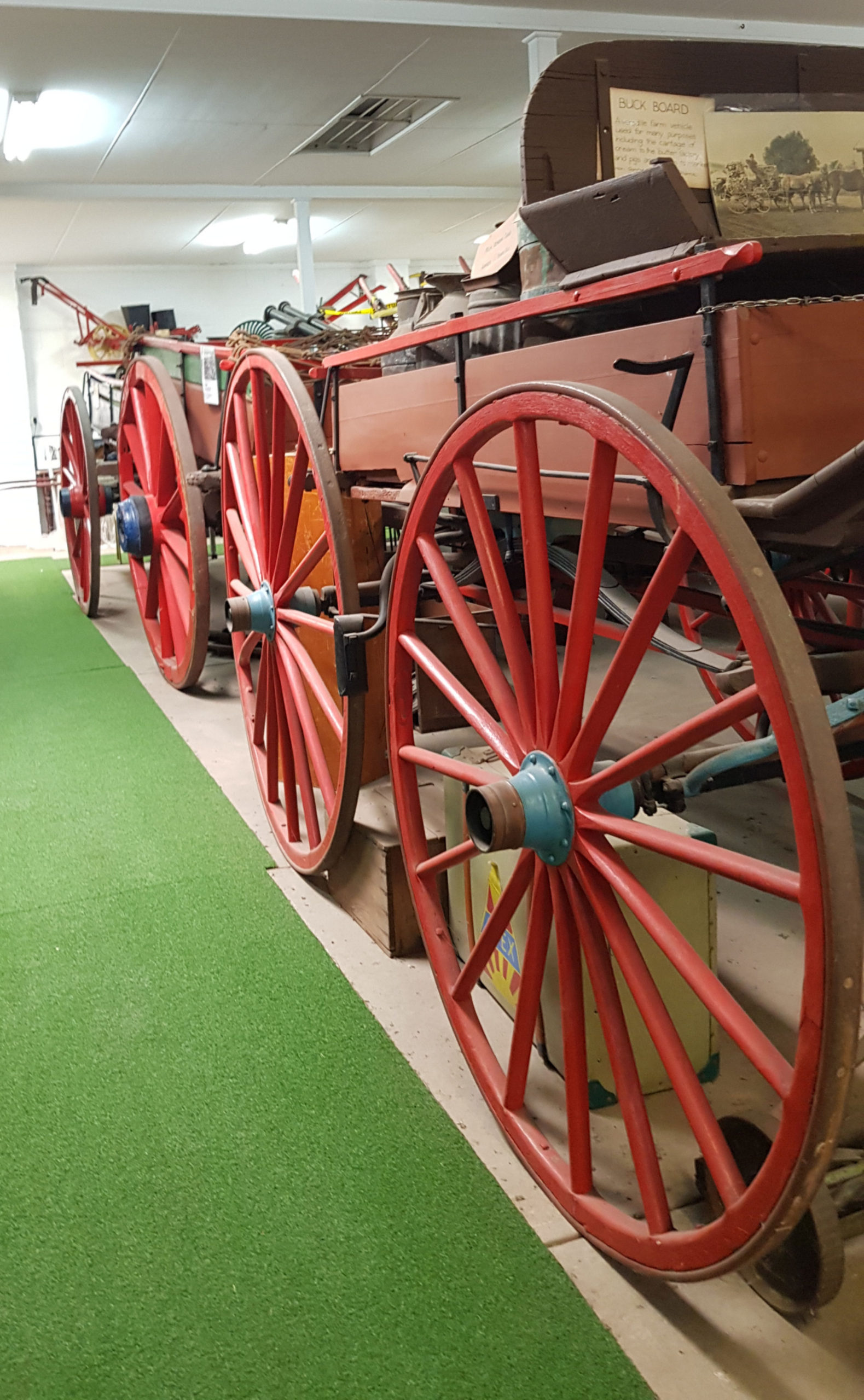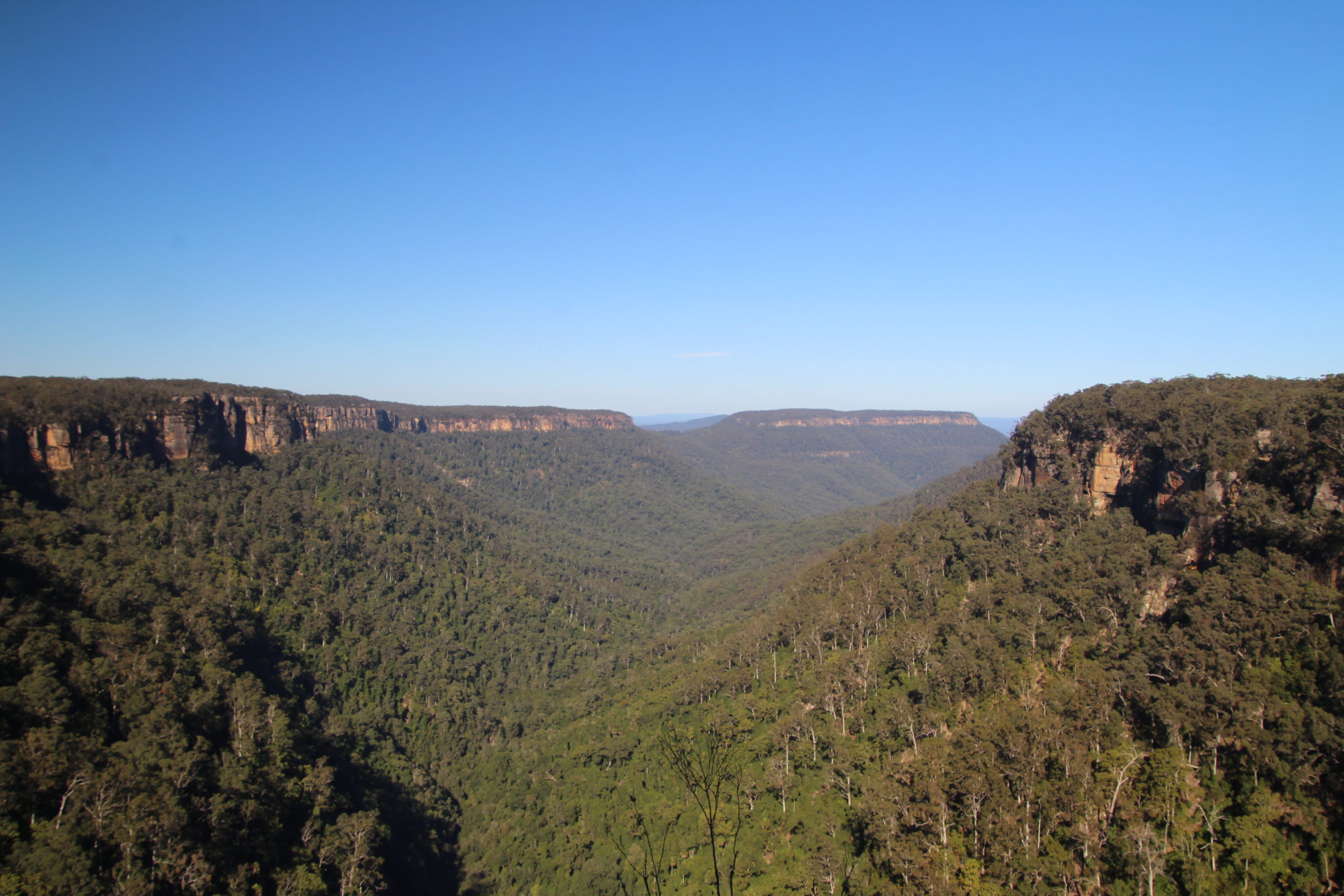Category: Australia
-
Nowra New South Wales Australia

How to Get There Only two and a half hours drive south of Sydney, Nowra is a great place to explore the nearby Kangaroo Valley and Shoalhaven District. Public transport by train and bus goes to Nowra, but you will then need to organise personal transport to explore outside of the town. Where Did We… Read more
-
Singleton Museum New South Wales

Singleton Museum Information from the Singleton Historical & Museum Guide. The museum is undergoing renovations. Located in Burdekin Park, the Singleton Museum houses an amazing collection of local artefacts, making it a great place to stop and look around. Staffed by volunteers from the local Historical Society, the museum’s displays are well curated and professionally… Read more
-
Kangaroo Valley New South Wales Australia

Kangaroo Valley Two hours from Sydney, or 30 minutes from Nowra (to Hampton Bridge in the middle of Kangaroo Valley), this is a great place to escape the big city. We stayed in Nowra and explored from there, but there are many closer places to stay, especially if you go camping. During our time we… Read more